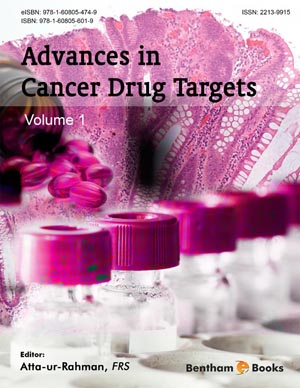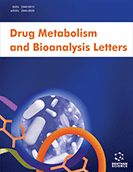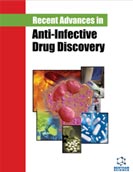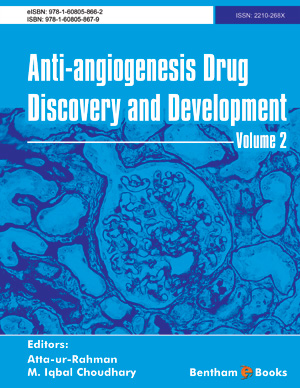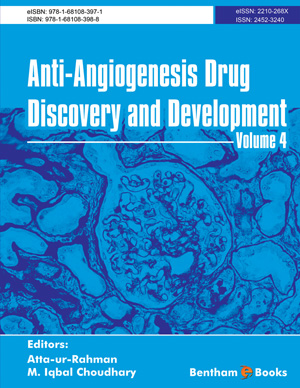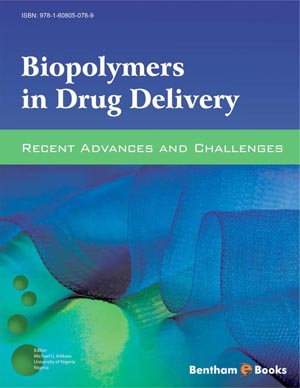Abstract
Proline-directed phosphorylation is a common and central regulatory mechanism in cell proliferation and oncogenic transformation. In fact, numerous oncogenes and tumor suppressors themselves are directly regulated by proline-directed phosphorylation and/or can trigger signaling pathways involving proline-directed phosphorylation. Our recent identification of the phosphorylation dependent prolyl isomerase Pin1 has uncovered a novel signaling mechanism controlling protein function after phosphorylation via conformational changes. Importantly, Pin1 deregulation plays a pivotal role in the development of some diseases, providing a new therapeutic option, most notably for cancers. Pin1 is prevalently overexpressed and its levels correlate with poor clinical outcome in human cancers. Significantly, Pin1 is required for activation of multiple oncogenic pathways by acting on numeroous oncogenes and tumor suppressors. Moreover, Pin1 knockdown or knockout inhibits cancer cell growth and prevents cell transformation and tumorigenesis induced either by oncogenes or tumor suppressors in vitro and in vivo. Pin1-mediated post-phosphorylation isomerisation represents a unique regulatory mechanism in cell signalling whose upregulation during tumorigenesis promotes the pro-proliferative capacity of tumour cells. Accumulating evidences indicate that Pin1 may represent a novel tumour marker and potential therapeutic target. Therefore, there is an urgent need to develop Pin1-specific inhibitors because they may have the desired property to suppress numerous oncogenic pathways, which are often activated simultaneously in cancers, especially in those aggressive and drug-resistant ones.
Keywords: Proline-directed phosphorylation, cancer-driving pathways, cell transformation, tumorigenesis, Pin1, oncogenesis, cis¬-conformation, trans-conformation.


